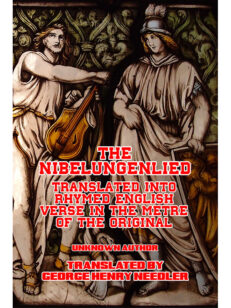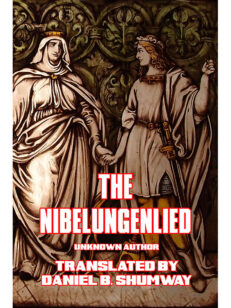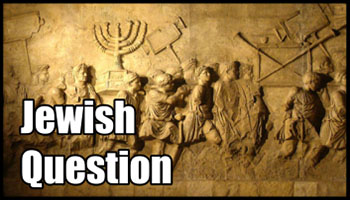Description
By J. Cuthbert Hadden. A concise and easily-readable summary of the plot of the epic four-cycle Richard Wagner Opera, collectively known as the Ring of the Nibelung. Designed to make the plots of the four “cycles” (or dramatic operas) as easy to follow as possible, the author deals with each opera in its chronological order: The Rhine Gold, The Valkyrie, Siegfried and The Twilight of the Gods.
These four operas are based on stories in the Nibelungenlied, an epic poem in Middle High German drawn from ancient Germanic heroic motifs. The Nibelung of the title is the dwarf Alberich, and the ring in question is the one he forged from the Rhine Gold, a hoard held in trust by the Rhine Maidens.
The storyline is centred on the fate that the ring—which possesses magical powers—has over its owners’ destinies. The ring is stolen from Alberich by the chief of the gods, Wotan, with the assistance of the god Loge, but Wotan is in turn forced to hand it over to the giants Fafner and Fasolt as payment for the building of Valhalla.
It is Wotan’s scheming and efforts to regain the ring which make up much of the rest of the storyline. His grandson, the mortal Siegfried, eventually takes the ring after killing Fafner (who first killed Fasolt for possession of the ring), but the hero Siegfried is himself killed as a result of treachery by Alberich’s son Hagen.
In the dramatic final opera, the Valkyrie Brünnhilde, who is also Siegfried’s lover and Wotan’s daughter, returns the ring to the Rhine maidens as she commits suicide on Siegfried’s funeral pyre—and Hagen is drowned in an attempt to recover the ring. At the same time, the gods and Valhalla are destroyed in a mighty final scene, the Götterdämmerung.
Highly recommended for anyone wishing to gain a primary understanding of the storyline and meaning of the various operas of the Ring, and perfect as an introduction to the Wagnerian culture.
About the author: J. Cuthbert Hadden (1861–1914) was a Scottish author, journalist, biographer and musician of note. Hadden wrote nearly 100 articles for the Dictionary of National Biography, but was most famous for his full-length biographies of famous musicians and his work to make operas and theatrical works accessible to ordinary people.
56 pages. Paperback.



























